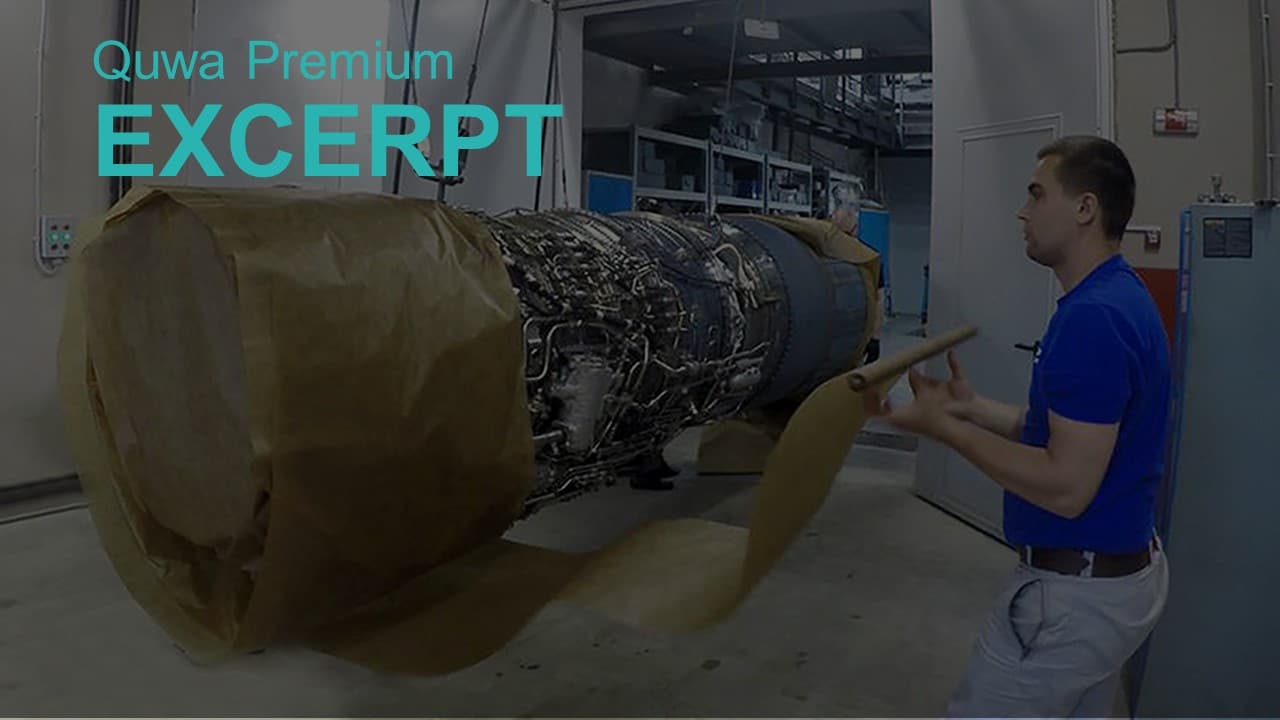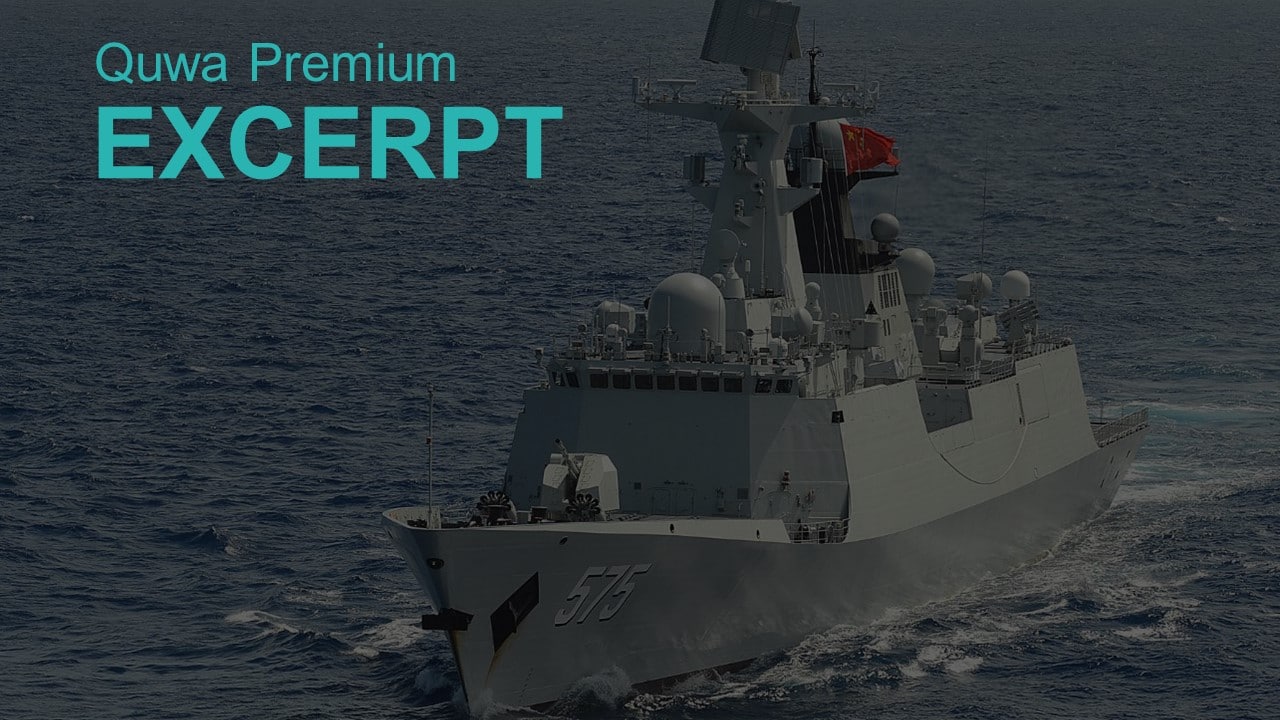1865Views

The Future of Pakistan’s Airborne Nuclear Deterrence
The Ra’ad-series of air-launched cruise missiles (ALCM) form the lynchpin of the Pakistan Air Force’s (PAF) airborne nuclear deterrence posture. The launch variant of the Ra’ad was revealed in 2007 with a range of 350 km. It is currently deployed from the Mirage III/5, which, in turn, are the PAF’s mainstay long-range strike-capable fighter aircraft thanks to their compatibility with several stand-off range weapons (SOW).
In February 2020, the PAF announced that it test-fired the Ra’ad-2 ALCM. The new variant offers a stated range of 600 km and is deployable against targets “on land and at sea.” Interestingly, though the PAF will likely deploy the Ra’ad-2 from the Mirage III/5, Pakistan made several design changes to the missile that may make it compatible with other platforms. The most noticeable change is the new tailstock with uses an “X”-shaped design instead of the original Ra’ad’s protruding horizontal stabilizers.
In other words, the Ra’ad-2 seems to be more compact, which may allow the JF-17 to carry an ALCM under each wing. This change would be an important one as it would allow the PAF to use its deterrence element from many more fighters than its Mirages and, more importantly, guarantee continuity of nuclear attack capability if the Mirages become inoperable due to age. Finally, the longer-range coverage of the Ra’ad-2 also offsets the inherent range limitations of lightweight fighters such as the Mirage III/5 and JF-17.
In the current context of “minimum deterrence,” the PAF – and Pakistan’s defence planners as a whole – may be satisfied with their present airborne attack posture. Certainly, there is a long-standing gap in the way of a long-range conventional attack capability. The PAF sought this capability since the 1970s when it inquired about acquiring 110 Ling-Temco-Vought (LTV) A-7 Corsair II. Unfortunately, acquiring a suitable aircraft for the role has proven elusive for the PAF, thus forcing it to use SOWs from the Mirage III/5.
Project Azm, which is Pakistan’s next-generation fighter program, is an attempt at resolving this platform limitation. The stated design attributes of the aircraft – i.e., twin-engine – point towards a larger platform than the PAF’s current mainstay fighters. However, the apparent reference points of interest to the PAF, such as the YF-23, may allude to a heavyweight design in the category of the Flanker or Eagle. If this is the route, the PAF is clearly working towards a credible long-range strike-capable aircraft.
End of Excerpt (397/1,158 words)
You can read the complete article by logging in (click here) or subscribing to Quwa Premium (click here).
For More Information on Pakistan’s Next Gen Fighter Program:


